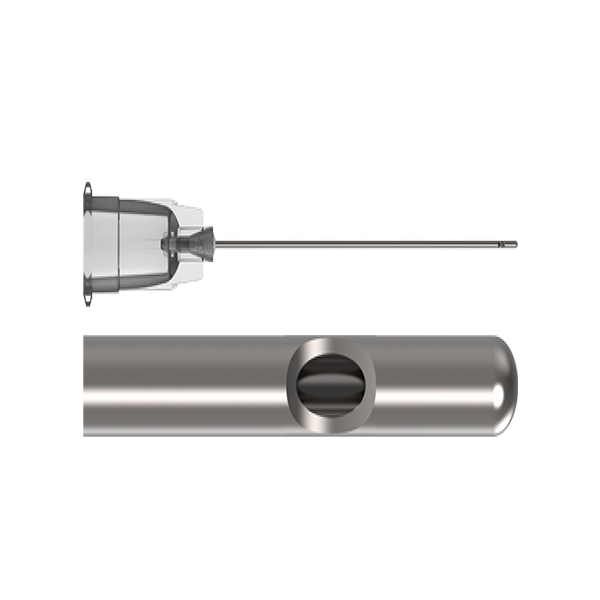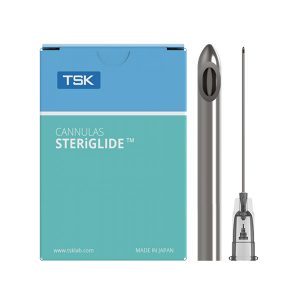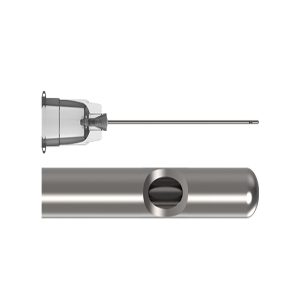Closed Single Hole Cannula: A Complete Guide to Precision and Safety in Aesthetic Procedures
Introduction
In the world of aesthetic and cosmetic medicine, precision means everything. Whether it’s lip enhancement, cheek contouring, or under-eye correction, the tools you use define the results you achieve. Among these tools, the closed single hole cannula stands out as a game-changer. It offers precision, safety, and comfort in every injection—making it a favorite for both beginners and experienced injectors. cannula needle
Understanding cannula needle in Aesthetic Procedures
A cannula is a thin, flexible tube used to inject dermal fillers or other substances into the skin. Unlike traditional needles, cannulas are blunt-tipped, minimizing tissue trauma and reducing the risk of hitting blood vessels.
The shift from sharp needles to blunt cannulas revolutionized the field—introducing safer, smoother, and more controlled filler applications.
Types of Cannulas
Open-Tip Cannulas
These have an opening right at the tip, similar to a needle, allowing direct product flow. While effective, they pose a higher risk of bruising.
Closed Single Hole Cannulas
This design features a closed tip with a single side hole, providing a more targeted and controlled filler release.
Multi-Hole Cannulas
With multiple side openings, these distribute product evenly but can be less precise.
What Makes a Closed Single Hole Cannula Unique
A closed single hole cannula has a rounded, closed end with one lateral port near the tip. This structure:
-
Prevents accidental vessel penetration
-
Allows precise, localized product delivery
-
Offers smoother gliding under the skin
Manufacturers typically use medical-grade stainless steel or flexible polymer alloys, ensuring durability and comfort. They come in various lengths and gauges (22G, 25G, 27G, etc.) depending on treatment depth and area.
How a Closed Single Hole Cannula Needle Works
The injector makes a small entry point with a needle, then inserts the cannula through that entry. Product flows through the side hole, allowing targeted placement while minimizing trauma.
This design provides maximum control, as the practitioner can precisely adjust both depth and direction of filler placement.
Applications in Aesthetic Medicine
Closed single hole cannulas are used for:
-
Dermal filler injections: cheeks, lips, jawline, temples
-
Fat transfer: delivering micro-fat evenly
-
PRP and mesotherapy: distributing plasma or nutrients
-
Scar revision: subcision and collagen stimulation
Their precision makes them ideal for delicate areas, such as under the eyes or nasolabial folds.
Advantages of Using Closed Single Hole Cannula Needle
-
Reduced bruising and swelling: The blunt tip avoids blood vessels.
-
Improved patient comfort: Minimal tissue trauma.
-
Controlled filler delivery: One side hole means precise flow.
-
Versatile use: Suitable for various injectable procedures.
-
Less downtime: Patients recover faster with fewer side effects.
Safety Considerations
When using a closed single hole cannula:
-
Always use sterile, single-use cannulas.
-
Avoid overfilling or excessive pressure.
-
Understand the vascular anatomy of the treatment area.
-
If resistance is felt—stop immediately to prevent injury.
Proper technique minimizes risks like vascular occlusion or filler migration.
Choosing the Right Cannula Needle
Selecting the right cannula depends on:
-
Area treated: Larger areas like cheeks need longer cannulas.
-
Product viscosity: Thicker fillers require larger gauges.
-
Experience level: Beginners may prefer medium-length, flexible options.
Brands like TSK, DermaSculpt, and SoftFil are known for producing high-quality closed single hole cannulas.
Procedure Techniques
Entry Point Technique
Create a single puncture using a sharp needle to introduce the cannula.
Linear Threading
Inject filler while withdrawing the cannula—ideal for contouring.
Fanning Method
Use multiple passes from one entry point for even distribution.
Mastering these ensures consistent, natural-looking results.
Common Mistakes to Avoid
-
Using the wrong gauge for the filler type.
-
Inserting too deeply or too superficially.
-
Failing to aspirate when needed.
-
Ignoring patient comfort or post-care instructions.
Each of these can compromise results and patient satisfaction.
Comparison: Closed Single Hole vs. Multi-Hole Cannula Needle
| Feature | Closed Single Hole | Multi-Hole |
|---|---|---|
| Control | High | Moderate |
| Flow Rate | Slower | Faster |
| Precision | Excellent | Average |
| Ideal For | Detailed contouring | Large volume injections |
Closed single hole cannulas excel when accuracy and safety are priorities.
Maintenance and Disposal OF Cannula Needle
Always:
-
Dispose of cannulas immediately after use.
-
Follow biohazard regulations.
-
Never reuse or sterilize disposable cannulas.
Safety and hygiene protect both the patient and practitioner.
Future Innovations in Cannula Needle Design
The next generation of cannulas may feature:
-
Smart feedback sensors to detect tissue resistance
-
Biodegradable materials to reduce waste
-
Enhanced ergonomic grips for better control
Technology and medicine continue to merge—making procedures even safer and more efficient.
Conclusion
The closed single hole cannula has transformed modern aesthetics. With its superior precision, reduced trauma, and safety features, it offers an unmatched advantage in injectable treatments. Whether you’re enhancing lips or sculpting cheeks, this small but mighty tool ensures both beauty and safety go hand in hand.
FAQs
1. What is the main benefit of a closed single hole cannula needle?
It offers precise filler placement with minimal trauma and bruising.
2. Can I use it for all facial areas?
Yes, though selecting the right gauge and length for each area is crucial.
3. Is it suitable for beginners?
Absolutely! Its design makes procedures safer and easier to control.
4. How is it different from a needle?
Unlike sharp needles, it has a blunt tip, reducing vascular injury risk.
5. Are closed single hole cannula needle reusable?
No. They are sterile, single-use instruments meant for one procedure only.




